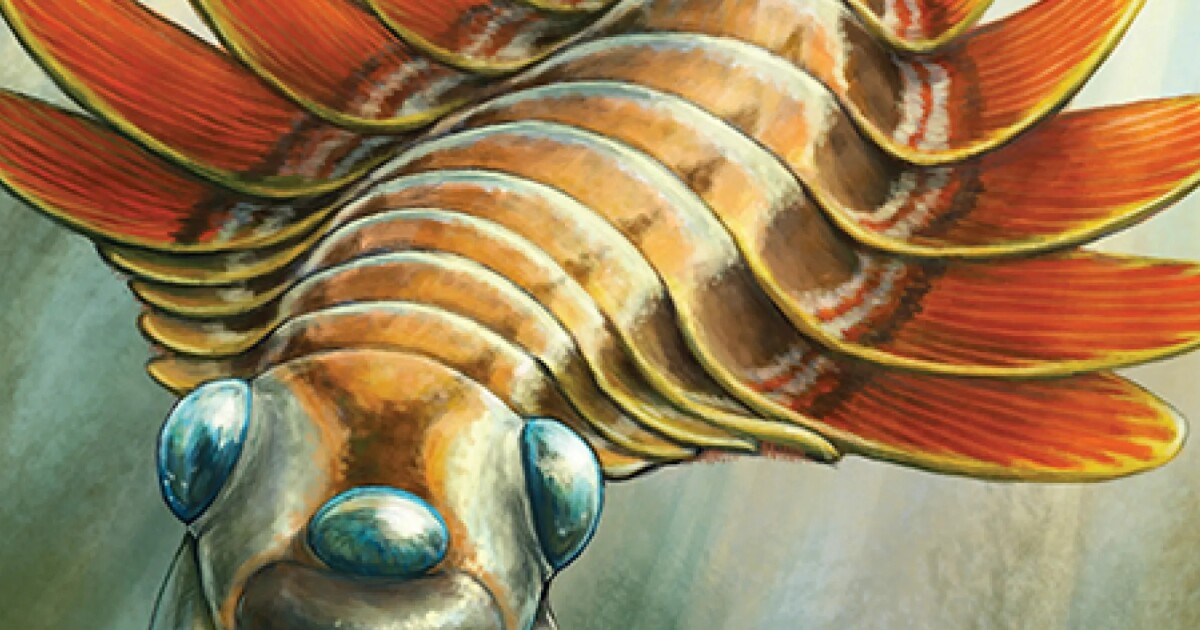Mosurafentoni

- 19 May 2025
In News:
A new species named Mosurafentoni—a small, three-eyed sea predator—has been discovered in fossils dating back 506 million years. The findings were published in Royal Society Open Science.
Key Highlights:
- Time Period: Cambrian Period (approx. 506 million years ago)
- Classification: Belonged to Radiodonts, an extinct group related to modern-day arthropods like insects, spiders, and crustaceans.
- Unique Traits:
- Three eyes – with a large third eye on the head.
- Jointed claws – similar to crabs or insects, possibly used for capturing prey.
- Swimming style – moved like a stingray using multiple undulating flaps; referred to as “flying underwater”.
- Body structure – featured a trunk-like segment with 16 parts and gills, aiding respiration.
- Mouth – circular, resembling a pencil sharpener lined with serrated plates for slicing prey.
- Size – around the length of a human finger.
- Nickname: Dubbed the "Sea Moth" due to its flapping motion and size.
Ecological Role
- Likely fed on smaller marine organisms like worms and crustaceans.
- Possibly preyed upon by larger predators such as ancient jellyfish.
Evolutionary Significance
- Shows early arthropod diversity and evolutionary complexity.
- Body structure similarities with modern species like horseshoe crabs and woodlice suggest parallel evolutionary adaptations.
- Helps understand the transition from simple worm-like organisms to complex body plans in early marine ecosystems.
